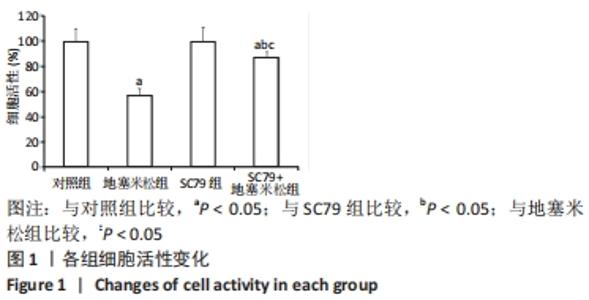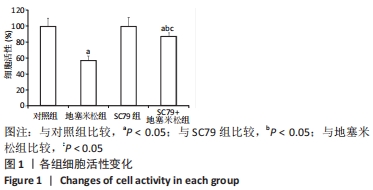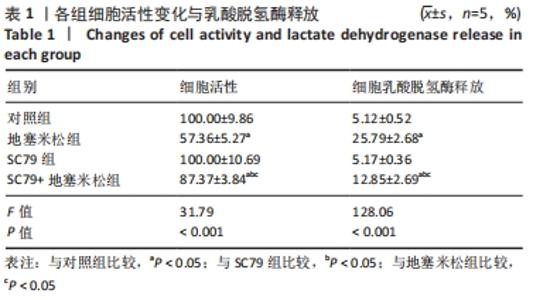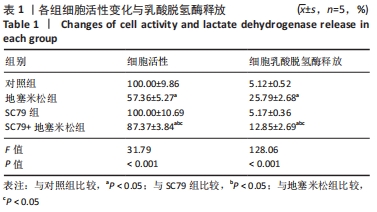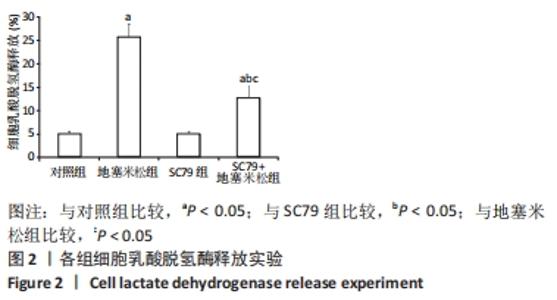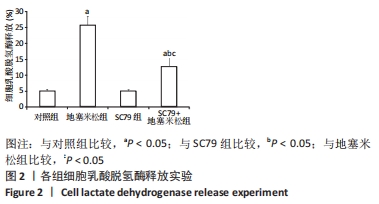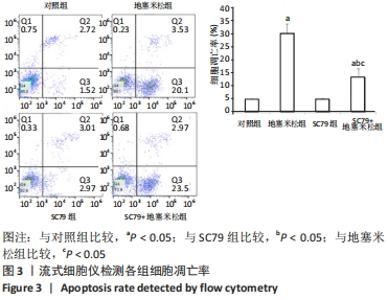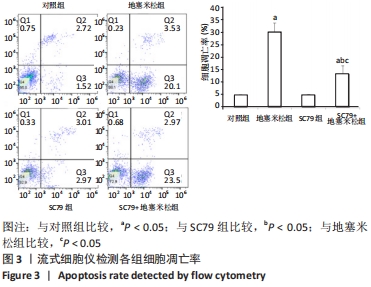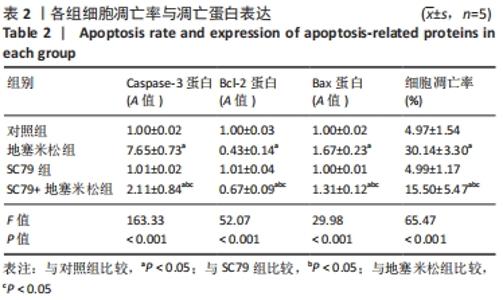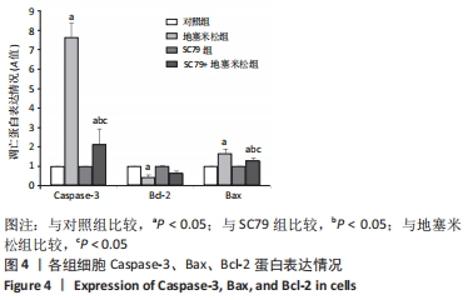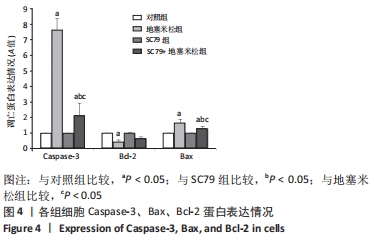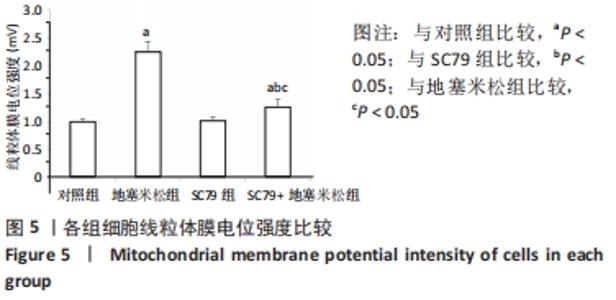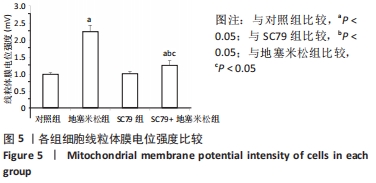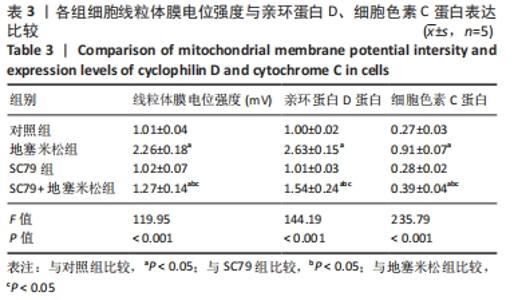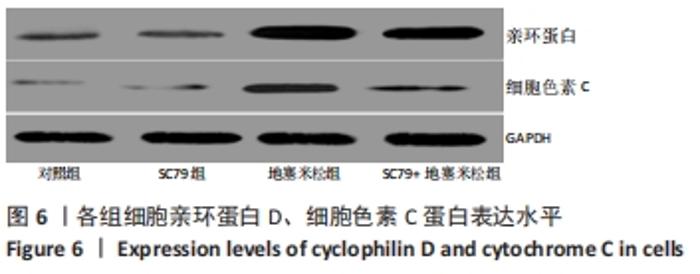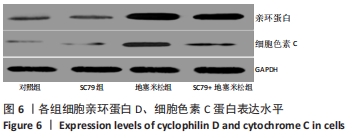[1] 王亚军,陈晓,智信,等. 阿仑膦酸盐对骨质疏松性骨折愈合影响的研究进展[J].中华创伤杂志,2020,36(1):63-67.
[2] 魏元基,李峻昊,王利波,等.牛膝活性成分β-蜕皮甾酮通过Akt信号干预地塞米松诱导的骨细胞凋亡[J].中国骨质疏松杂志,2019, 5(3):375-379.
[3] 万亚宁,李双蕾,蒋云霞,等.淫羊藿及其复方制剂治疗糖皮质激素性骨质疏松症的研究进展[J].中国骨质疏松杂志,2019,25(5): 713-716.
[4] GENG Q, GAO H, YANG R, et al. Pyrroloquinoline Quinone Prevents Estrogen Deficiency-Induced Osteoporosis by Inhibiting Oxidative Stress and Osteocyte Senescence. Int J Biol Sci. 2019;15(1):58-68.
[5] 徐桂萍,付鹃,赵萱,等.PI3K/Akt/Nrf2信号通路在白藜芦醇预处理对糖尿病大鼠心肌保护效应中的作用[J].中华麻醉学杂志,2019, 39(10):1189-1193.
[6] 朱于临,刘晶影,刘向勇.BDNF通过Akt信号通路减轻罗哌卡因诱导的神经细胞损伤[J].中华神经医学杂志,2020,19(2):154-163.
[7] 李婉君,徐胜前,潘美娟,等.肌少症维生素D缺乏在类风湿关节炎合并糖皮质激素诱发骨质疏松中的临床研究[J].中华风湿病学杂志,2020,24(2):89-94.
[8] 邱晨,彭昊,彭普基,等.人脐带间充质干细胞防治早期激素性股骨头坏死的作用及其机制[J].中华实验外科杂志,2021,38(2):309-313.
[9] 薛英,王永炫,柯典闪,等.不同数量的骨髓间充质干细胞移植对去卵巢大鼠骨质疏松的影响[J].中华老年医学杂志,2019,38(3): 322-326.
[10] 曹子君,王亚兰 陈妮妮,等.精氨酸加压素联合丹参素对骨质疏松患者成骨细胞凋亡及增殖的影响[J].川北医学院学报,2019,34(4): 354-357.
[11] 黄冠予,彭昊,刘阳,等.黄嘌呤氧化酶在激素诱导成骨细胞凋亡过程中的作用及机制[J].生物骨科材料与临床研究,2019,16(1):1-7.
[12] 黄颖,王丽晖,吉明,等.PUMA通过线粒体途径诱导骨肉瘤细胞凋亡的研究[J].现代肿瘤医学,2020,28(5):746-750.
[13] WU Y, ZHUANG J, ZHAO D, et al. Interaction between caspase‐3 and caspase‐5 in the stretch‐induced programmed cell death in the human periodontal ligament cells. J Cell Physiol. 2019;234(8):13571-13581.
[14] 秦晋,李奕明,刘雨薇,等.邻苯二甲酸二(2-乙基)己酯对INS-1细胞氧化应激和凋亡的影响[J].环境与职业医学,2019,231(4):39-44.
[15] YE F, LI X, LIU Y, et al. CypD deficiency confers neuroprotection against mitochondrial abnormality caused by lead in SH-SY5Y cell. Toxicol Lett. 2019;323(1):25-34.
[16] 王姣.三叶苷抗β-淀粉样蛋白25-35诱导的HT22细胞凋亡作用及机制研究[D].遵义:遵义医科大学,2020.
|
